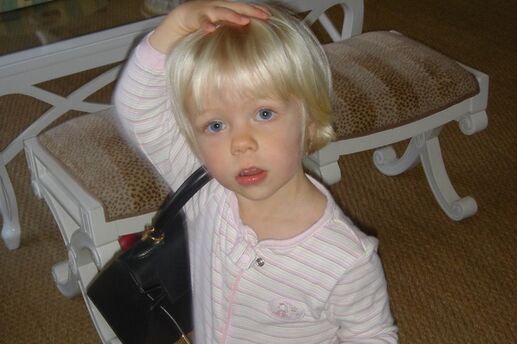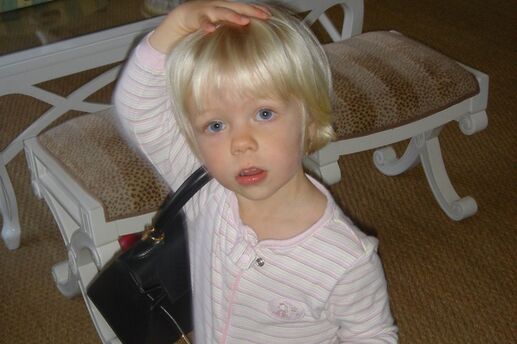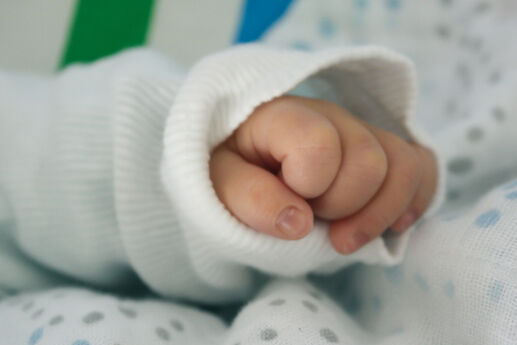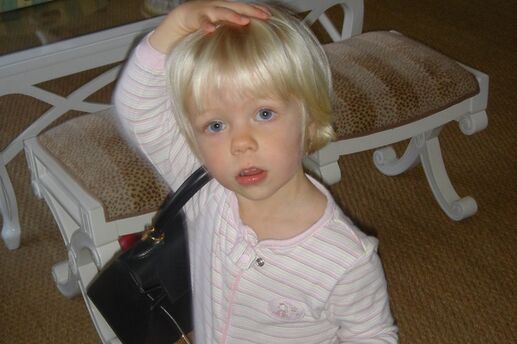Bottoms up: Peeking Inside Your Baby’s Diaper
If you’re like most moms, you’re changing your baby’s diaper a lot these days. While most diaper changes are routine, you may occasionally encounter some suspicious finds. Here are three that might have you wondering about your baby’s bottom.
A red rash and small bumps
The most likely culprit here is diaper rash. More than half of all babies between 4 and 15 months of age develop a diaper rash, around the time they start solid foods. A diaper rash occurs when your baby has been in a wet or soiled diaper for too long. The redness and rash may appear on your baby’s abdomen, genitals, and in the folds of his thighs.
Diaper rash is usually no cause for concern. To prevent it, change diapers promptly. Clean your baby’s skin with gentle baby wipes or a few squirts of water, then pat it dry. Apply a small amount of petroleum jelly to protect your baby’s skin. If there’s a rash already, apply a thick layer of zinc oxide or petrolatum. Expose your baby’s bottom to air often. The rash should disappear in 48 to 72 hours. If it doesn’t, or your baby develops sores or bleeds, contact your pediatrician.
A blue stain near the anus
If you see a blue mark near your baby’s anus, you may wonder if your baby has hemorrhoids. But the truth is, hemorrhoids are extremely rare in babies.
Hemorrhoids occur when blood vessels around the anus become engorged from poor circulation. Eventually, they bulge under the strain of a bowel movement and may even bleed. While hemorrhoids are common in pregnant women, they rarely occur in babies. Instead, the blue stain is probably the result of your baby having a large bowel movement.
The absence of poop
Like adults, the frequency of your baby’s bowel movements will vary. And just like adults, babies may get constipated. Constipation occurs when the muscles at the end of the large intestine get tight, which keeps the stool from passing normally. When the stool stays there, it gets firmer and drier, making it painful to pass.
Symptoms of constipation vary depending on your baby’s age. Newborns may have firm stools less than once a day, while older babies may go three to four days without a bowel movement.
If you suspect constipation, ask your pediatrician about giving your baby small amounts of water or prune juice. Babies who are eating solids may need to eat more high-fiber foods, such as raisins, peas, and whole grains while cutting back on rice, bananas, and low-fiber cereals.







